Business cards have been around for so many years and are still in such high demand that there are 10 billion business cards printed in the US annually! (according to Statistic Brain) It's safe to say that they are one of the most common business networking tools today.
Why still now in the era of LinkedIn and business apps? Because they're still useful and give you and your business credibility.
Today, print technology allows modern designs to be translated into a business card format that go beyond a colored or black and white card. But the format has quite a history in the evolution of society. In fact, during the 15th century, China started using “visiting cards” as a self-promoting item. Leaving them to business owners, who would then decide if the card owner was someone worth meeting with.
The humble business card, a staple in networking and professional communication, has a rich and storied history that spans centuries. From its origins in ancient China to its modern-day evolution, the business card has undergone significant transformations, reflecting changes in society, technology, and etiquette.
A brief history of the business card: When was the business card invented?
The concept of business cards traces back to ancient China, where "visiting cards" or calling cards were used as a means of self-promotion. During the 15th century, Chinese individuals would leave these cards with business owners, signaling their desire for a meeting or transaction. These early cards laid the foundation for the exchange of contact information and formal introductions, setting the stage for the modern business card.
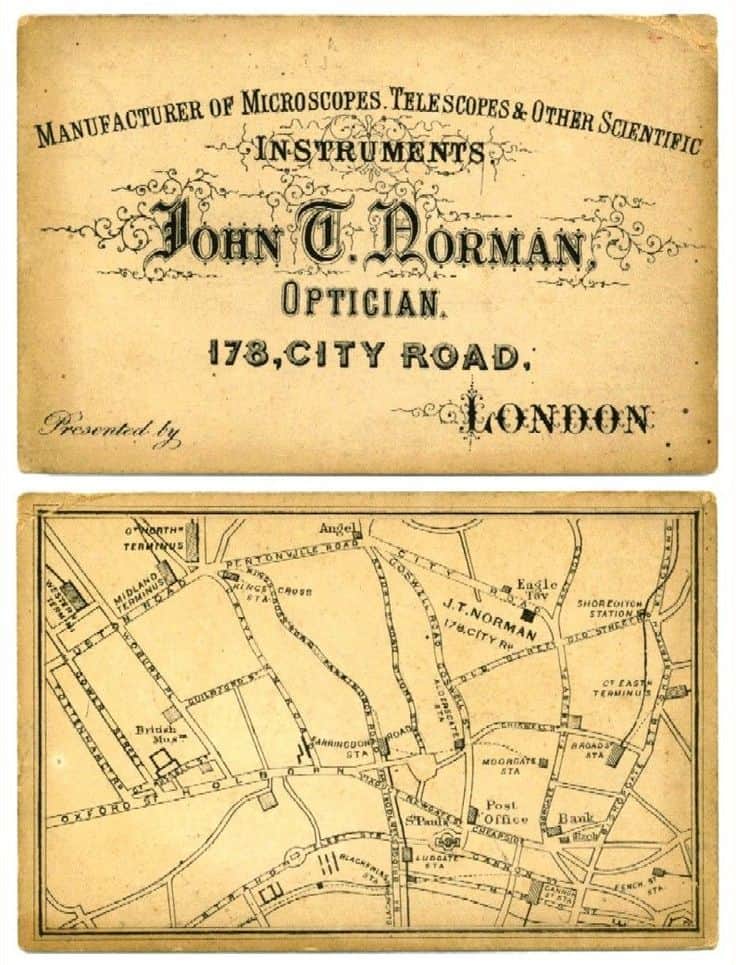
The Trade Card Era in Europe
In the 1600s, King Louis XIV introduced the "trade card" to Europe, ushering in a new era of business communication. These cards, used for both personal and professional purposes, often included maps on the back to help customers locate service providers. As trade and commerce flourished, the trade card became an essential tool for promoting businesses and facilitating transactions.
The Era of Gentlemen Manners
During the 17th and 18th centuries, gentlemen used intricate etiquette rules to convey messages through their cards. Sending acquaintance cards to ladies was a common practice, with the way the card was folded serving as a subtle form of communication. Each fold held a specific meaning, allowing gentlemen to express sentiments such as congratulations or condolences with precision and elegance.
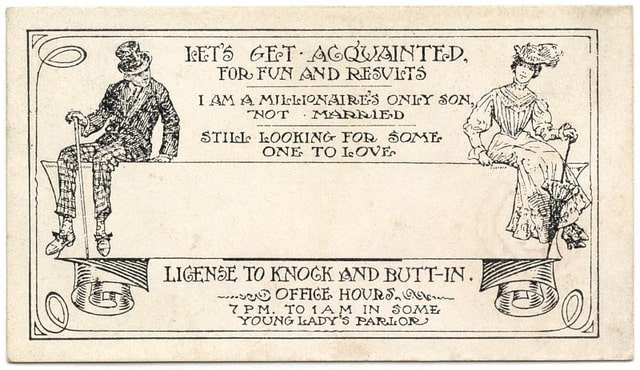
The Advent of Color and Design
As the 18th and 19th centuries unfolded, advancements in printing technology revolutionized the business card industry. The invention of lithography enabled color printing and the creation of more durable cards. With the introduction of letterpress printing, materials such as plastic and wood were used to produce cards with vibrant designs and intricate details. These colorful and visually appealing cards became a symbol of status and professionalism, reflecting the changing social norms of the time.
Modern-Day Innovations and Customization
Today, after the printing press, technology continues to shape the landscape of business card design, offering limitless possibilities for customization and creativity. From incorporating digital information and QR codes to experimenting with innovative printing techniques like Spot UV and Wonderfoil, businesses strive to create memorable and impactful cards that stand out in a competitive market. As social media and online networking platforms gain prominence, business cards serve as a tangible extension of one's digital presence, reinforcing personal branding and facilitating meaningful connections.
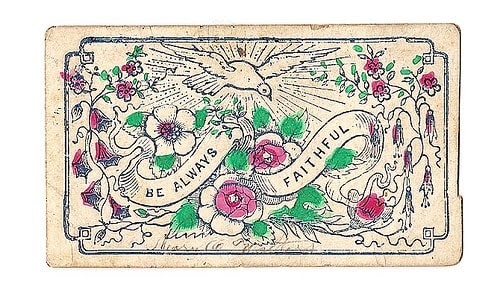
Looking Ahead: Embracing Tradition with a Modern Twist
Despite the rise of digital communication tools, the enduring appeal of the business card persists. Whether it's a classic design with a touch of elegance or a bold statement piece that pushes the boundaries of creativity, the business card remains a timeless symbol of professionalism and networking. As individuals and businesses continue to seek innovative ways to make a lasting impression, the evolution of the business card will undoubtedly continue, blending tradition with modernity in the quest for effective communication and meaningful connections.
Embracing Tradition with a Modern Twist
In today's fast-paced digital world, the business card serves as a tangible reminder of personal connections made in a sea of virtual interactions. While digital communication channels offer convenience and efficiency, there's something inherently special about exchanging physical cards during face-to-face encounters.
As businesses navigate the ever-evolving landscape of networking and branding, the role of the business card remains paramount. It serves as a tangible representation of one's professional identity, conveying not just contact information but also personality, style, and brand values.
The Power of Personalization
In an era where personalization reigns supreme, the business card offers a canvas for self-expression and creativity. From unique designs and materials to innovative printing techniques, individuals and businesses have endless possibilities to customize their cards and leave a lasting impression.
By infusing their cards with elements that reflect their brand identity and values, professionals can differentiate themselves in a competitive market and forge meaningful connections with clients, partners, and colleagues.
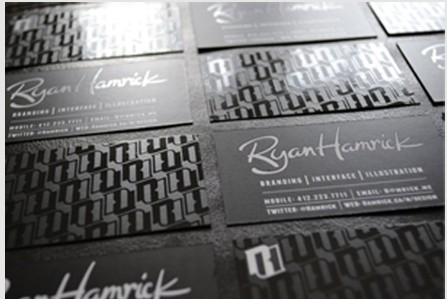
A Bridge Between Physical and Digital Worlds
While the business card remains firmly rooted in the physical realm, its integration with digital technologies has opened up new avenues for engagement and interaction. QR codes, NFC chips, and augmented reality are just a few examples of how business cards are bridging the gap between offline and online experiences.
By incorporating digital elements into their cards, businesses can provide instant access to additional information, resources, and interactive content, enhancing the overall user experience and fostering deeper engagement with their audience.
Sustainability and Ethical Considerations
In an age of increased environmental awareness, sustainability and ethical considerations are shaping the design and production of business cards. Eco-friendly materials, recyclable options, and responsible printing practices are becoming increasingly important factors for businesses seeking to minimize their environmental footprint and align with values of sustainability.
By opting for sustainable alternatives and ethically sourced materials, businesses can demonstrate their commitment to environmental stewardship and social responsibility while also appealing to eco-conscious consumers.
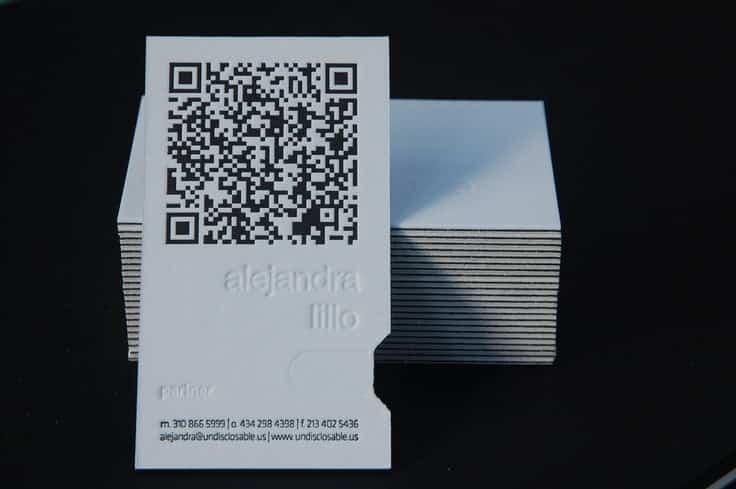
The Enduring Legacy of the Business Card
Despite the rise of digital alternatives, the business card continues to endure as a timeless symbol of professionalism, connection, and opportunity. Its evolution over the centuries reflects not just changes in technology and design trends but also the fundamental human need for connection and communication.
As we look to the future, the business card will undoubtedly continue to evolve, adapting to the shifting dynamics of the modern business landscape while retaining its essential role as a conduit for meaningful connections and relationships.
So when you get ready to order your next business cards, consider where they came from, get back to basics (include a map maybe?) and use the latest in printing technology to make sure your design stays ahead of the pack.
Try Spot UV, Wonderful, Silk Laminated, 3D Lenticular, or Ultra-thick Papers and see what happens. Test them out, compare which one gets the most compliments, and hand that one out.
Ready to start marketing yourself with a business card that really makes others remember you? Order your business cards now and visit 4OVER4.COM to take a look at different printing options we have available for you!










